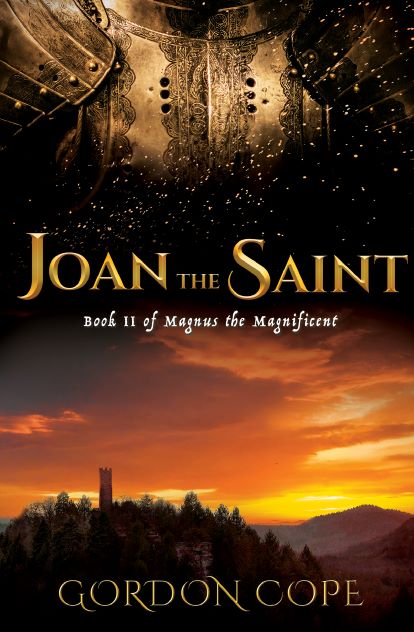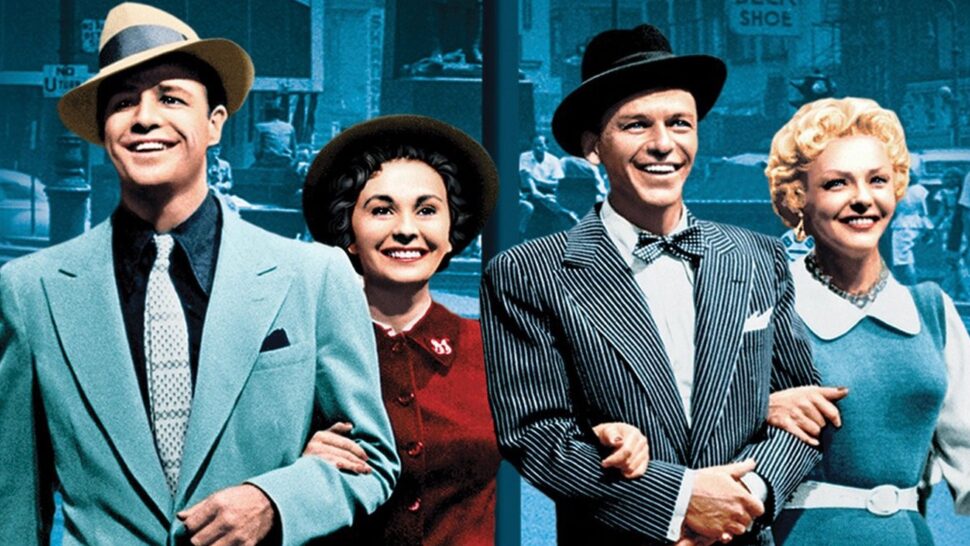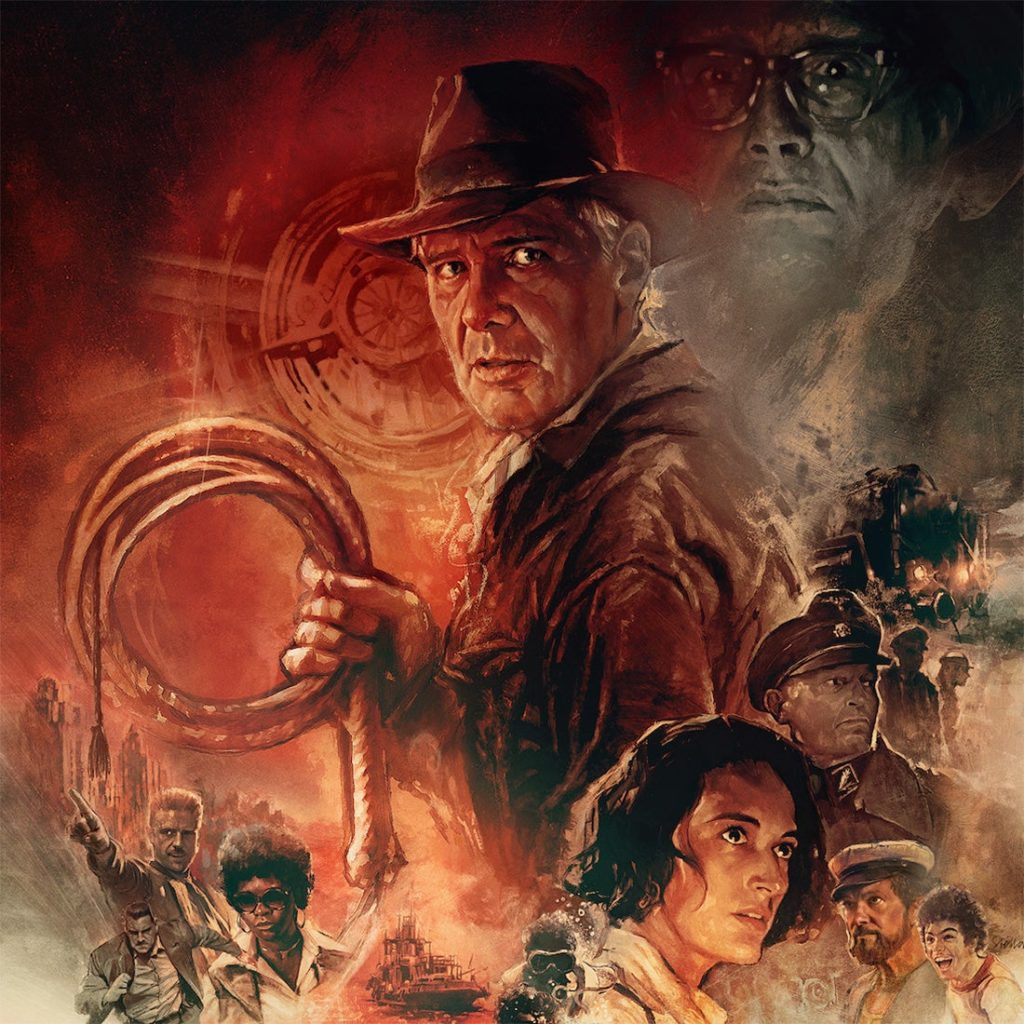Life in London

“When a man is tired of London, he is tired of life.”
Samuel Johnson said that over two hundred years ago, but it still holds true today. Whatever turns your crank, you’ll find it within the shadow of Big Ben.
We spent a week at the end of July in a lovely AirBnB flat located in Earl’s Court. We were in walking distance of Kensington Palace and a thousand curry take-outs. A short ride on the Tube took us everywhere else in town.
Our favorite pastime is always the West End, where you can see some of the best musicals on earth. We went to see two shows, Guys and Dolls and Cabaret; a head-to-head comparison follows below.
We also love to travel around town on the double-decker buses, the fare of which is included when you purchase a week-long Oyster Card. They are far less crowded than the Tube, and you get to see all the attractions, like Buckingham Palace, as you roll by.
If I have one gripe, it’s that the folks in London don’t know how to walk on the sidewalk. They stagger along, heads bent over cell phones, totally oblivious of everyone else. Fortunately our flat had a big umbrella with a pointy end that I could use to goose them into oncoming lorries.
Alas, our time in Europe passed too quickly. We’re back in Calgary for the next little while, so I have to remind myself not to drive like a Mexican or I’ll end up in jail.
Subscribers can now read all my books on Kindle Unlimited!

You can also order eBooks and paperbacks on Amazon!
Head-to-Head Theatre Review; Guys and Dolls vs Cabaret


We had the pleasure of seeing two musicals in London this summer; Guys and Dolls and Cabaret. Both have many similarities – they are set in the 1930s, feature hit songs, innovative immersive sets, and the best singers and dancers that the West End can offer.
Cabaret first appeared on Broadway in 1966. It starred Jill Haworth as Sally, a role that was reprised by Liza Minnelli in the 1972 movie.
The show is set in 1930s Berlin, at the end of the jazz age and the rise of Hitler and fascism. American writer Clifford is involved with Sally, a singer at the seedy Kit Kat Club. The debauched world of the Weimar Republic swirls around them as they stagger toward the nightmare that awaits.
The stage is set up in the center of the theater, and audience members sit at tables surrounding the performing area. Waitresses bring Champagne and snacks before the performance. Once the show starts, the cast sings and dances through a dozen songs, including the hit Cabaret.
Guys and Dolls is based on a series of short stories that Damon Runyon wrote about hard-scrabble con artists and gals down on their luck in New York. The stage is also set in the center of the main level, with audience members milling about as risers lift the actors up. The cast of 24 also performs a dozen songs, including the Sinatra standard, Luck be a Lady Tonight.
So, how did the compare?
Keep in mind that we saw matinees, so several of the main characters were played by understudies. That said, the cast of Guys and Dolls had a significant edge when it came to belting out the tunes, soaring above the competition with heart-felt gusto.
I also preferred the story line of Guys and Dolls, which had a more light-hearted theme of pursuing the American dream. Mind you, the sub-plot of Cabaret was focused on the rise of fascism, so one could hardly expect a laugh-riot. The director gamely explored the dark humor of the situation, but the comedic timing was off.
Out of five stars, I give Guys and Dolls a four, and Cabaret a three.
Movie Review

Indiana Jones and the Dial of Destiny
Back in 1984, I went with my sister Marlene to see the first Indiana Jones movie, and was utterly entranced by this big-screen, throw-back to the Golden Age of Hollywood cinema. Over the ensuing 40 years, I have faithfully viewed each sequel in a theatre as they came out.
Linda and I went to see Dial of Destiny at a cinema in Paris. I hate it when they dub in the voices, but fortunately it was shown in VO (Version original), so that wasn’t a distraction. True to form, the movie opened with an extended scene in which ruthless bad guys (Nazis!), try to off Indie during a New York parade honoring the crew of Apollo 11.
The premise of the story is that the no-goodniks want to get ahold of the Antikythera mechanism, a time-traveling device built by Archimedes 2000 years ago so that they can use it for nefarious stuff.
Indie sets off to thwart them, aided by his god-daughter Helena. As usual, there are pits full of snakes, chases on horseback, fights on trains and a dangle or two out of a plane. Needless to say, the scoundrels get their comeuppance in the end. My recommendation; go see Dial of Destiny while it’s still playing in the theatres; you won’t be disappointed!
Book Review

The Beach at Summerly
By Beatriz Williams
Beatriz Williams has long been feted as a master of the summer read. Most of her books feature a strong female lead, usually a young, feisty woman making her own way in the turbulent world of the first half of the 20th century.
The Beach at Summerly is set on Winthrop Island, just off the coast of Long Island. Secluded for most of the year, it comes to life in the summer when rich New Yorkers occupy their palatial summer homes.
Emilia is a native Islander, her family having arrived some three centuries ago to settle the rocky isle. She lives with her father and mother in a cottage adjacent to the Summerly Mansion, owned by the Peabody clan. As a child in the 1930s, Emilia grew up with the Peabody children, whiling away the summers swimming, cycling and picnicking in the dunes.
But WWII interrupts their idyllic existence; the young men go off to fight the Nazis. Emilia’s older brother is killed, as is the eldest Peabody son. When the survivors finally return, Emilia finds comfort in the arms of Shep Peabody, a kind and gentle younger brother who has had a crush on Emilia since they were children.
Enter, stage left, Olive Rainsford, a relative of the Peabody’s who has just returned from Europe. A twice-widowed woman of elegance and mystery, she asks Emilia to help care for her three young children.
Suspicions arise when undercover agents arrive on the island and begin to surveil the locals. Is there a spy in their midst? Death soon stalks their cloistered existence.
The author enjoys using split narratives. In this case, the main tale is set in 1946, and the ensuing flash-forward in 1954. I personally enjoy split narratives, as they keep the reader on their toes. Williams wraps it all up in the end; I highly recommend The Beach at Summerly!
